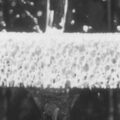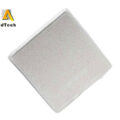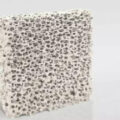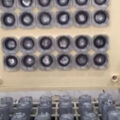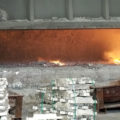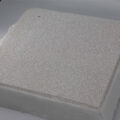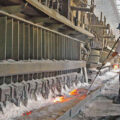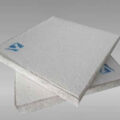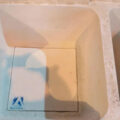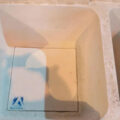Aluminium alloy filtration can be broken down into several parts, depending on the type of the applied technology of cast production or on the method of liquid metal preparation. Manufacture of aluminium alloys meets the requirements for higher purity of the cast metal, in order to increase the quality of the manufactured intermediate for the final production (foils, blocks, ingots, rods, sections, …). Thus the filtration in foundries contributes by the lower reject rate of manufacture of the final product and by its higher quality.
Aluminium Alloy Filtration
Metal casting takes place in these sites by continuous or discontinuous campaigns of the order of some tons up to some hundreds of tons, and therefore the large-area filters are used for filtration. They are placed in the liquid metal distribution system. We recommend to place the filters seated in the ceramic filtration boxes utilizing horizontal or vertical filter layout.
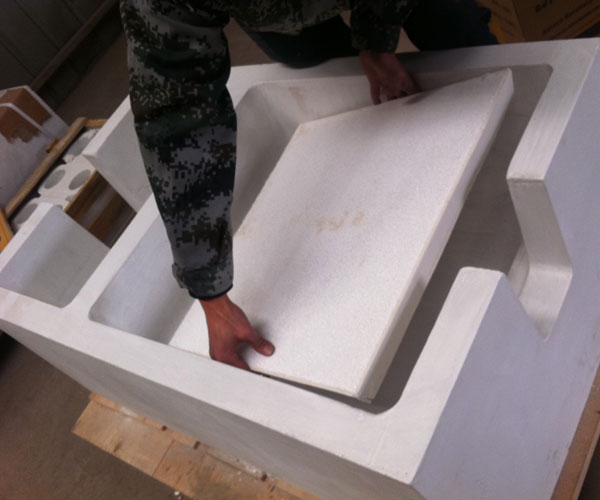
Molten Aluminium Filter
The ceramic foam filters adapted for long-time temperature load, can be used for filtration. The molten aluminium filters are usually used in the standardized dimensions shown in inches with the porosity from 10 to 60 PPI (pores per linear inch). The ceramic foam filter size depends on its porosity and is selected with respect to the filtration capacity, time of casting and layout solution of the CFF filtration box. Selection of molten aluminium filter porosity is determined by the specific alloy, temperature of casting, metal pollution and requested output quality.
Prior to casting itself, the filter has to be preheated adequately to secure its correct functioning. After completion of the campaign, the filter can be reused, if the CFF filtration box is equipped by permanent heating. If the metal sets up in the ceramic foam filter, it has to be replaced for the next casting campaign.
Filtration in Foundries
Pollution of the molten metal by hard oxides, causing problems with cast finishing, is the main reason for the introduction of cast filtration in foundries. Elimination of undesirable defects, cast uptightness, porosity (blowholes), low homogeneity, etc., often occurring only during the casting itself, under the impact of liquid metal turbulence in the mould, is the second main reason for filtration.


